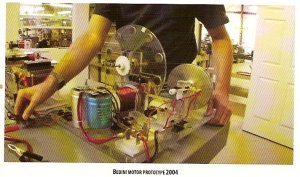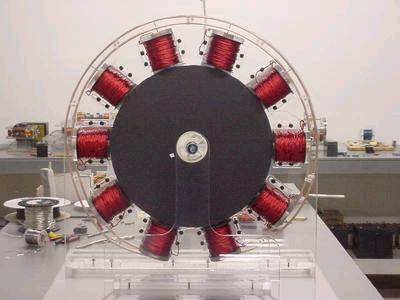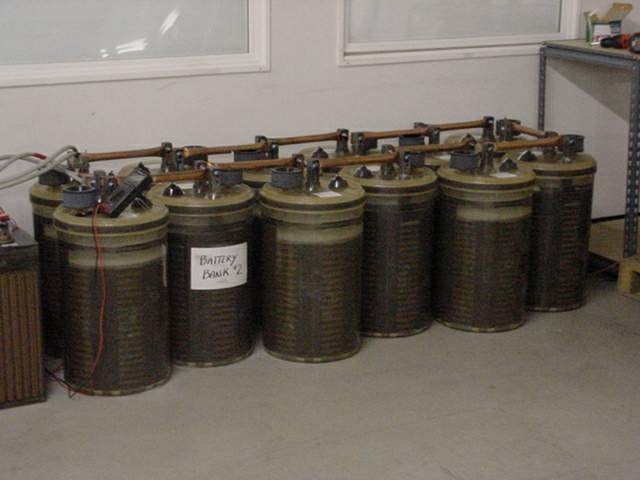Radiant mode COP
I had a look at the website and read through the TUV part. Unfortunately it doesn’t state which machine is used and in which mode, so for myself I cannot bring this into accurate relation with JB’s statement about radiant mode COP2 (apart from the fact that there is more unclear to me “One lead acid gel-cell (12 volts, 450 milliamps)”…. does “gel” mean AGM? 450mA, means 450mAh? Or discharged at 450mAh? There is no need to dive into this, I just wanted point out that there is too few information for me there to make any assessment).
What I did find noteworthy is that he started charge/discharge cycles almost immediately when the one after another, where I leave the batteries resting for at least an hour.
But to come back to JB statement about the radiant mode COP2; one needs to obtain a COP of 1 with one battery at the output, in to get to a COP of 2 with 2 batteries (assuming the input battery doesn’t notice too much of the second parallel output battery). In your post #10 you write about your radiant test, but the COP is not specified.
Multi coiler / 10 coiler
After I’ve been able to get closer to your results which I’ve been trying to peruse so vigorously , I’m considering a multi coiler. At the moment I know close to nothing about this yet, I have a lot of questions about it. But will first watch/read some documentation and videos I have about it; probably will find some answers in there already.
Keeping the input battery charged
So far I have not seen the voltage go up at my input battery, neither at the end of the charging process. But it might have happened when I would overcharged beyond 15.3V. I do have to say that I only have looked at the voltage of the input battery at the beginning and at the end of a cycle, not somewhere in the middle. If you would see the increase of the input battery already before hitting 15.3V at the output battery, that would indicate a difference with your and my cycles we haven’t noticed before, then I might do a load cycle with the voltage monitor on it.
No Drag
If this wheel had only generator coils installed and was driven by a regular DC motor, it couldn't even begin to charge another battery. The drag would be so much that the wheel might not even turn!
I certainly did notice the increase in speed towards the end of a cycle and that this is a result of a decrease in drag sounds plausible. But when I think about it now, I lack the exact understanding of it, is the following reasoning correct?: talking about my machine (so no generator coils), in Radiant mode; as soon as the magnet passes its point closes to the coil, so starting to move away from the coil, the following two phenomenon cause drag on the rotor:
1-the discharging/releasing of the energy in the coil (Event C, see attachment)
2-induced current in trigger circuit (see attachment)
1-only diminishes I guess only because of the drop of voltage in the input battery over time
2-would only increase since the speed of the rotor increases…
So than my conclusion would be that the phenomena 1- weighs heavier than 2-, with a net effect of reduction in drag an thus increase of rotor speed.
Isolation diode
Well, then the story of Frank/JB might in theory be true, but might in practice be outweighed by the resistance effect of the extra diode.
Batteries degrade in SG mode
Something else I forgot to mention that caught my attention in the video is the following: @50min23sec JB mentions that batteries degrade in SG mode. Then @50min51sec somebody asks him to confirm that, but then JB, doesn’t want to confirm it, and replies that he need to run more cycles (to verify).
Best regards,
Rodolphe
2020-12-05 Attachment.pdf






 . Looking forward to see some pics.
. Looking forward to see some pics.
Leave a comment: